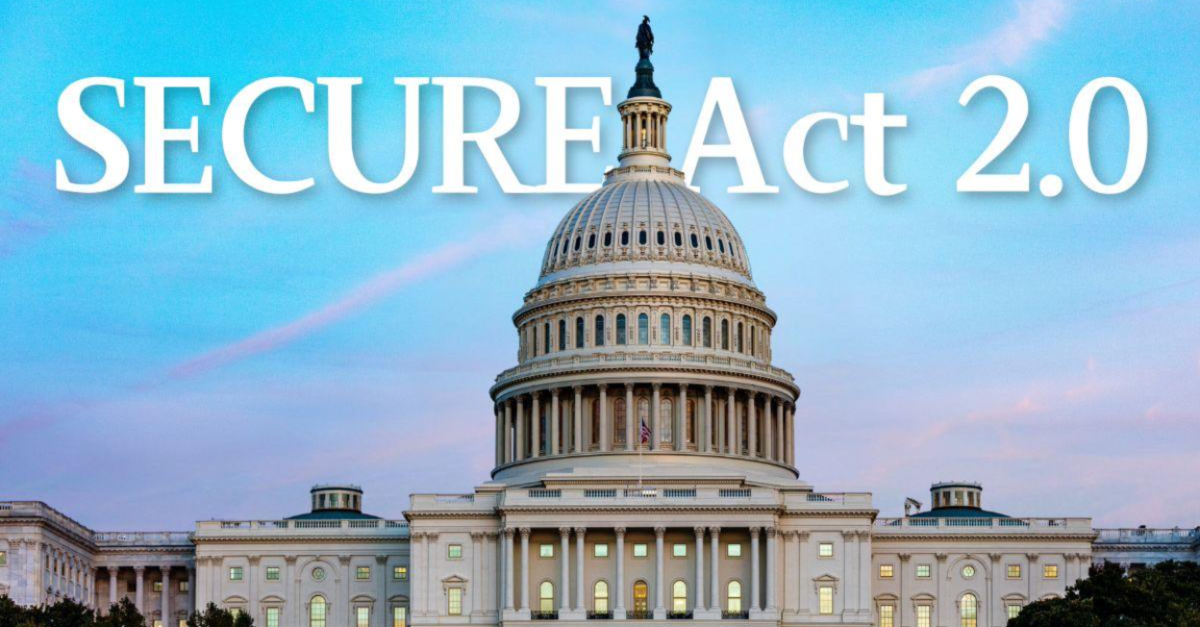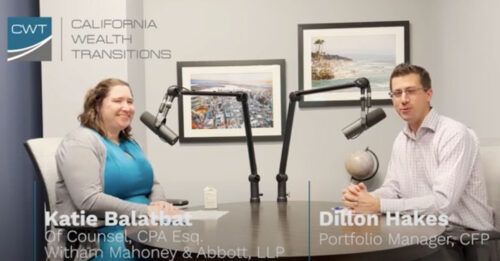
The SECURE Act was hailed as the most substantial retirement legislation passed in over a decade. It contained important changes to Individual Retirement Accounts (IRAs) and other qualified accounts intended to help investors save more and be better prepared for the future.1
The passage of the SECURE Act in 2019 added complexity to how these types of trusts could be set up, resulting in limitations on their usefulness as long-term financial solutions. The SECURE 2.0 Act included a modification to help rectify this situation.
Charities are now allowed to be remaindermen of a Special Needs Trust.
SECURE 2.0 resolves an issue with the SECURE Act and clarifies that, in the case of a special needs trust established for a beneficiary with a disability, the trust may provide for a charitable organization as the remaining beneficiary without triggering the truncated payout period. This change provides a welcome, though limited, enhancement to special needs trusts designed to receive retirement benefits and qualify as see-through trusts under the SECURE Act provision for applicable multi-beneficiary trusts (AMBTs).2,3
While this provision allows most charities to be named as remainder beneficiaries after the death of a disabled or chronically ill beneficiary—without disqualifying that initial disabled beneficiary from stretching the IRA over their lifetime—grantors must be careful to avoid naming disqualified charities such as private foundations as the remainder beneficiary.3
Special Needs Trusts4
A special needs trust is a legal arrangement that allows a disabled or chronically ill person to receive income without reducing their eligibility for the public assistance disability benefits provided by Social Security, Supplemental Security Income, or Medicaid.
A grantor, such as a parent or guardian, creates a special needs trust and appoints a trustee to oversee the disbursement of assets from the trust to the disabled beneficiary. The trust is designed to supplement the beneficiary’s government benefits but not replace them.
A special needs trust is one strategy for those who want to help someone in need. The trust seeks to manage the risk that the person will lose their eligibility for government programs that require income or assets to remain below a certain limit.5
Many grantors will set up a special needs trust that names a charity as the remaining beneficiary in the event the original beneficiary dies before the funds are depleted. SECURE 2.0 now allows that practice to continue.
It’s important to remember that using a trust involves a complex set of tax rules and regulations. So, we believe it’s critical to work with professionals familiar with the emerging rules and regulations.
We can help.
People caring for others with disabilities must pay attention to a wide range of considerations so it’s easy to understand if changes in government regulations or tax programs get overlooked.
As financial professionals, we have resources that highlight new rules and regulations so we can help our clients take advantage of emerging opportunities. If you are interested in learning more, please let us know. We are happy to explore whether this new legislation might benefit or complement some of the preparations you have already made for a family member with a disability.





